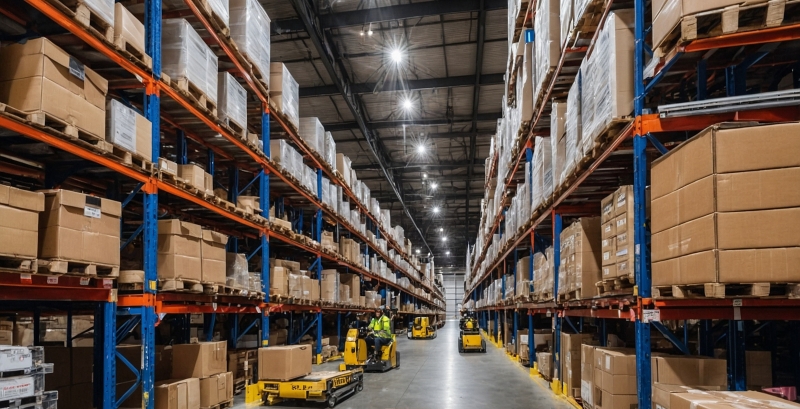In Singapore, where logistics and manufacturing form a major part of the economy, efficiency is everything. The nation’s limited land space, high manpower costs, and fast-moving trade environment push businesses to find smarter ways to manage their warehouses. This is where Warehouse Management Systems (WMS) come in — transforming traditional operations into connected, data-driven hubs.

What Is a WMS and Why Does It Matter?
A Warehouse Management System is software that helps companies control and manage daily warehouse operations — from receiving and storage to picking, packing, and dispatching.
Think of it as the brain behind warehouse activities. It ensures that every item is tracked accurately, every process runs on schedule, and every order is fulfilled without errors.
Without a WMS, warehouses often rely on manual work and spreadsheets, which can lead to lost inventory, delays, and unnecessary costs. In Singapore’s highly competitive market, those mistakes can quickly hurt your bottom line.
The Rise of Smart Warehousing in Singapore
As more local companies embrace digitalisation, WMS adoption has grown rapidly. Logistics providers, engineering firms, and manufacturers now use these systems to gain real-time visibility of their stock movement.
For example, a factory in Tuas might integrate its WMS directly with barcode scanners or PLC machines, allowing every item to be tracked automatically as it moves from production to storage.
This level of visibility reduces human error, speeds up dispatch times, and ensures accurate reporting — key advantages in Singapore’s fast-paced supply chains.
Integration and Automation
Modern WMS solutions are far more than just tracking tools. They integrate seamlessly with ERP systems, accounting software, and even transport management platforms.
When an order is confirmed, the system can automatically assign picking routes, print shipping labels, and update inventory records in real time. Staff spend less time on repetitive tasks and more time focusing on value-added work.
Automation also makes it easier to scale. As businesses grow, they can handle higher volumes without necessarily hiring more people. This scalability is crucial for Singapore SMEs that want to stay competitive while managing tight labour resources.
Government Support for Digital Transformation
To encourage smarter logistics, the Singapore government continues to support automation through initiatives like the Productivity Solutions Grant (PSG) and Enterprise Development Grant (EDG). These grants help businesses offset part of the cost of implementing systems like WMS — making technology adoption accessible even to smaller players.
The Future of WMS in Singapore
With e-commerce booming and regional trade increasing, efficient warehousing is no longer optional — it’s a strategic advantage.
A WMS helps companies move faster, work smarter, and deliver better. From real-time tracking to automated workflows, it provides the visibility and control that every modern business needs.
Conclusion
For businesses in Singapore’s manufacturing, distribution, or logistics sectors, adopting a Warehouse Management System is not just about keeping up — it’s about staying ahead.
With smarter systems, data-driven insight, and better resource allocation, your warehouse can become the heartbeat of your business growth.
If you’re exploring WMS solutions in Singapore, start with a system built around your workflow, not the other way around — and you’ll see efficiency rise from day one.

